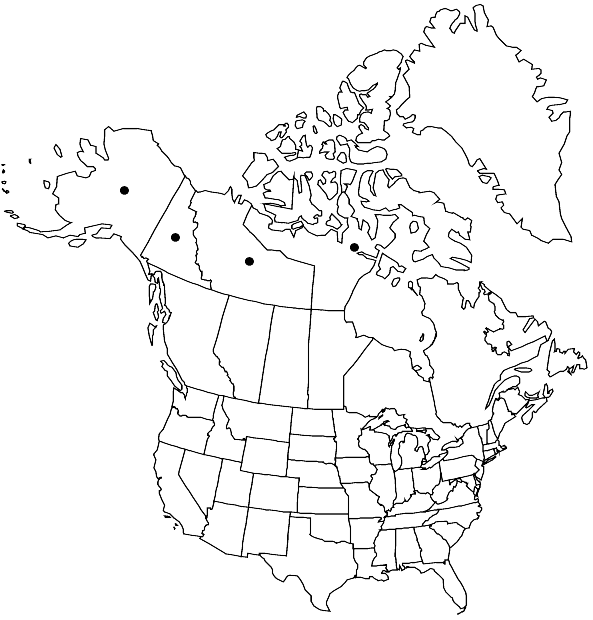Difference between revisions of "Schistidium frisvollianum"
Bryophyt. Biblioth. 49: 87, fig. 25. 1996,.
FNA>Volume Importer |
imported>Volume Importer |
||
| Line 45: | Line 45: | ||
|publication year= | |publication year= | ||
|special status= | |special status= | ||
| − | |source xml=https:// | + | |source xml=https://bibilujan@bitbucket.org/aafc-mbb/fna-data-curation.git/src/bb6b7e3a7de7d3b7888a1ad48c7fd8f5c722d8d6/coarse_grained_fna_xml/V27/V27_295.xml |
|subfamily=Grimmiaceae subfam. Grimmioideae | |subfamily=Grimmiaceae subfam. Grimmioideae | ||
|genus=Schistidium | |genus=Schistidium | ||
Revision as of 22:31, 27 May 2020
Plants in cushions or tufts, orange-brown or olivaceous. Stems 0.5–2(–3.5) cm, central strand distinct. Leaves erect or slightly curved when dry, ovate-lanceolate to ovate-triangular, sharply keeled distally, 1.3–2.4 mm, 1-stratose; margins usually recurved to apex, often sharply denticulate distally, 1-stratose or 2-stratose; apices acute; costa excurrent as a coarsely denticulate, usually decurrent, straight or flexuose awn, rarely percurrent, abaxial surface of the awn usually papillose; basal marginal cells rectangular, quadrate, or ovate; distal laminal cells quadrate or short-rectangular, 8–11 µm wide, papillose, strongly sinuose often with pale yellowish walls. Sexual condition autoicous. Capsule orange-brown or yellow when old, sometimes red-brown, ovoid-cylindric, 0.65–1.1 mm, occasionally striate; exothecial cells isodiametric or oblate, often somewhat angular, thin-walled; stomata present; peristome patent revolute, 220–330 µm, red, densely papillose, usually weakly perforated. Spores 8–11 µm, granulose or nearly smooth.
Phenology: Capsules mature late spring to early summer.
Habitat: Fissures, limestone and dolomites in Arctic fellfields, polygon fields, and on dry ridges in tundra
Elevation: low to moderate elevations (0-300 m)
Distribution

N.W.T., Nunavut, Yukon, Alaska, Eurasia.
Discussion
Schistidium frisvollianum is the most ornamented species of the genus in the flora area. Its strongly papillose lamina, decurrent and usually spiny-denticulate awns, and denticulate leaf margins combine with its distinctive orange-brown color to make it an easily recognizable taxon. See the comments under 5. Schistidium boreale regarding differences among the North American species of Schistidium with papillose laminal cells.
Selected References
None.